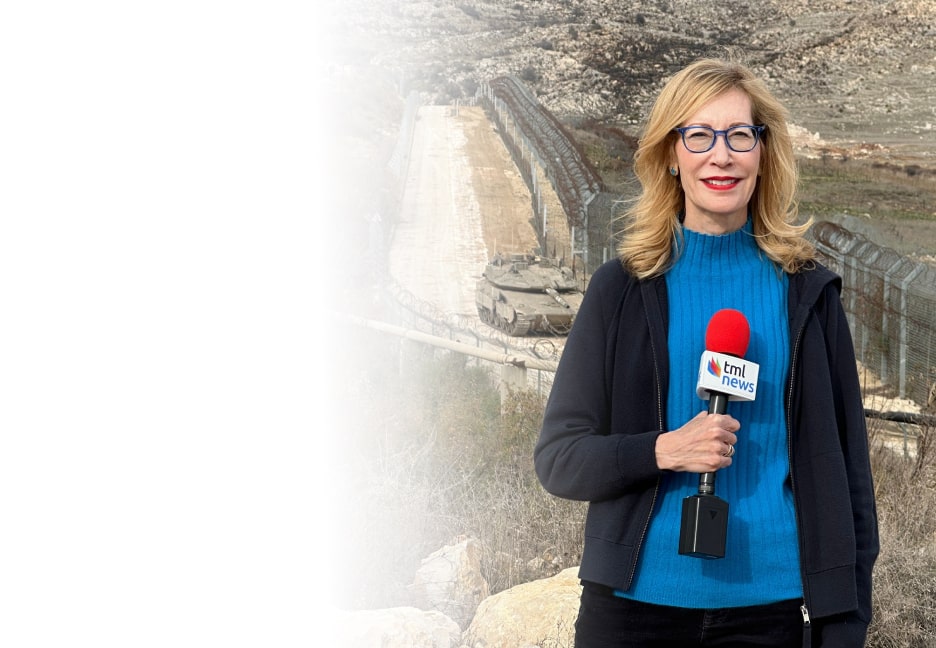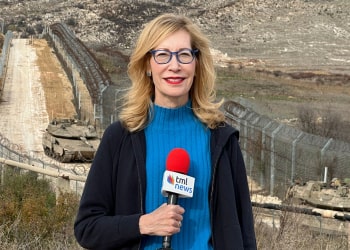An Israeli airstrike targeting Hamas chief Mohammed Deif has led to the deaths of at least 90 Palestinians in Gaza’s Al-Mawasi area, a designated humanitarian zone, according to the enclave’s health ministry. This attack marks one of the deadliest in recent weeks and has significantly escalated tensions in the region.
Prime Minister Benjamin Netanyahu, speaking at a news conference, acknowledged the uncertainty surrounding Deif’s fate and another Hamas commander, emphasizing Israel’s resolve to continue its military campaign against Hamas leadership. He linked the intensification of military actions to better prospects for a hostage deal, even as ceasefire talks were halted.
This holiday season, give to:
Truth and understanding
The Media Line's intrepid correspondents are in Israel, Gaza, Lebanon, Syria and Pakistan providing first-person reporting.
They all said they cover it.
We see it.
We report with just one agenda: the truth.


The area, identified by Israel as a humanitarian refuge, was left devastated. Displaced residents described a harrowing scene with tents destroyed and numerous casualties. Sheikh Youssef, a displaced resident from Gaza City, recounted the immediate aftermath, describing the area as unrecognizable with “body parts, bodies everywhere, elderly women and young children in pieces.”
International reactions were swift, with United Nations Secretary-General Antonio Guterres expressing shock and sadness over the civilian casualties. He stressed that the events underscored the grim reality that “nowhere is safe in Gaza” and emphasized the necessity of upholding international humanitarian law.
The Israeli military defended the operation, stating the strike also targeted Rafa Salama, commander of Hamas’ Khan Yunis Brigade, labeling both as key figures in the October 7 attack on southern Israel. The military claimed the site was an operational compound used by Hamas, contradicting reports from the ground describing the area predominantly as a civilian shelter.